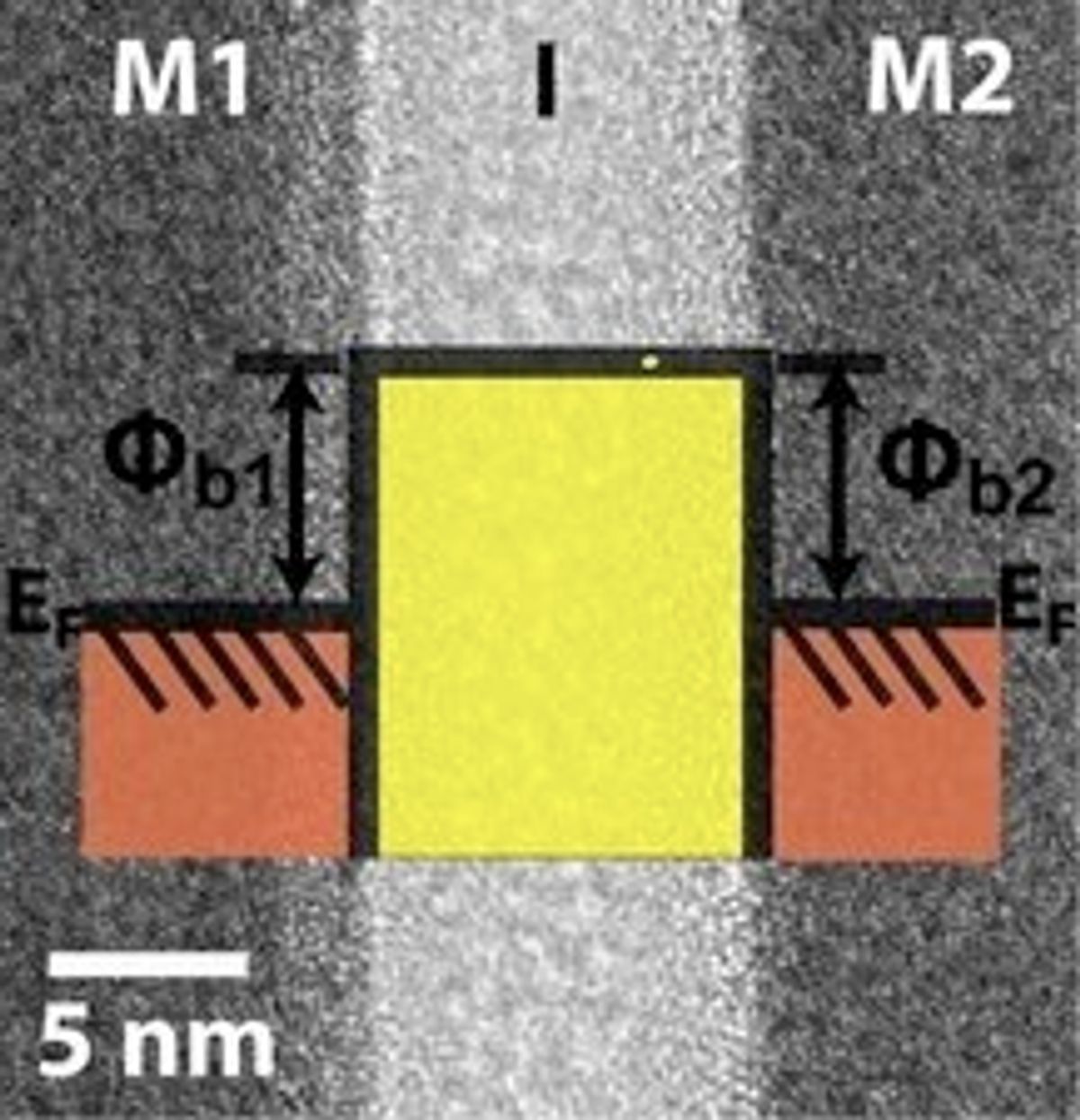The research, which was initially published in the Wiley journal Advanced Materials, is being lauded as opening up a new approach to electronics.
"Researchers have been trying to do this for decades, until now without success," said Douglas Keszler, a distinguished professor of chemistry at OSU. "Diodes made previously with other approaches always had poor yield and performance.
"This is a fundamental change in the way you could produce electronic products, at high speed on a huge scale at very low cost, even less than with conventional methods," Keszler said. "It's a basic way to eliminate the current speed limitations of electrons that have to move through materials."
The OSU researchers found success in their MIM design over previous attempts through the use of an "amorphous metal contact" instead of a crystalline material.The MIM architecture enables a quantum tunneling current flow through the insulator material, which is superior to traditional current flow that requires electrons to essentially jump across device barriers. This all translates to electronics that are faster, consume less energy and run cooler.
While this may be a diode architecture that can improve current speed of electrons that have to move through materials, it is not clear to some familiar with other MIM diode designs whether this will have much of an impact unless OSU has a working transistor (see comments).
Meanwhile the research, which was supported by National Science Foundation, the Army Research Laboratory and the Oregon Nanoscience and Microtechnologies Institute, is now seeking a patent.
Dexter Johnson is a contributing editor at IEEE Spectrum, with a focus on nanotechnology.




